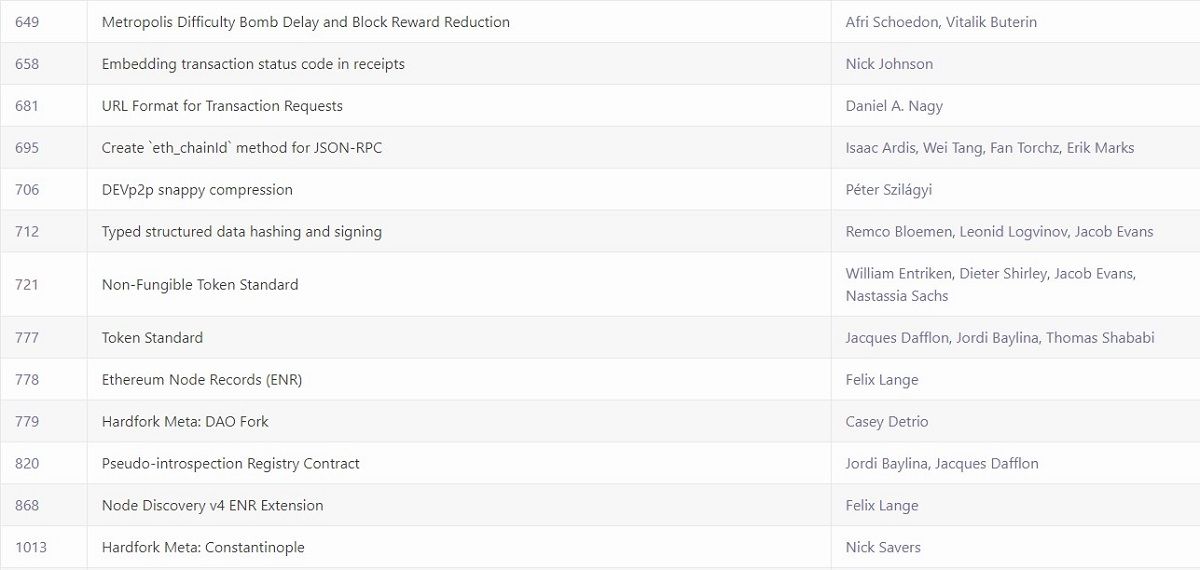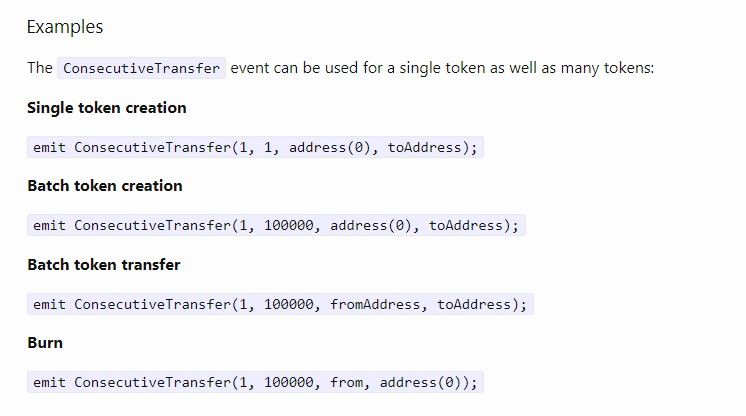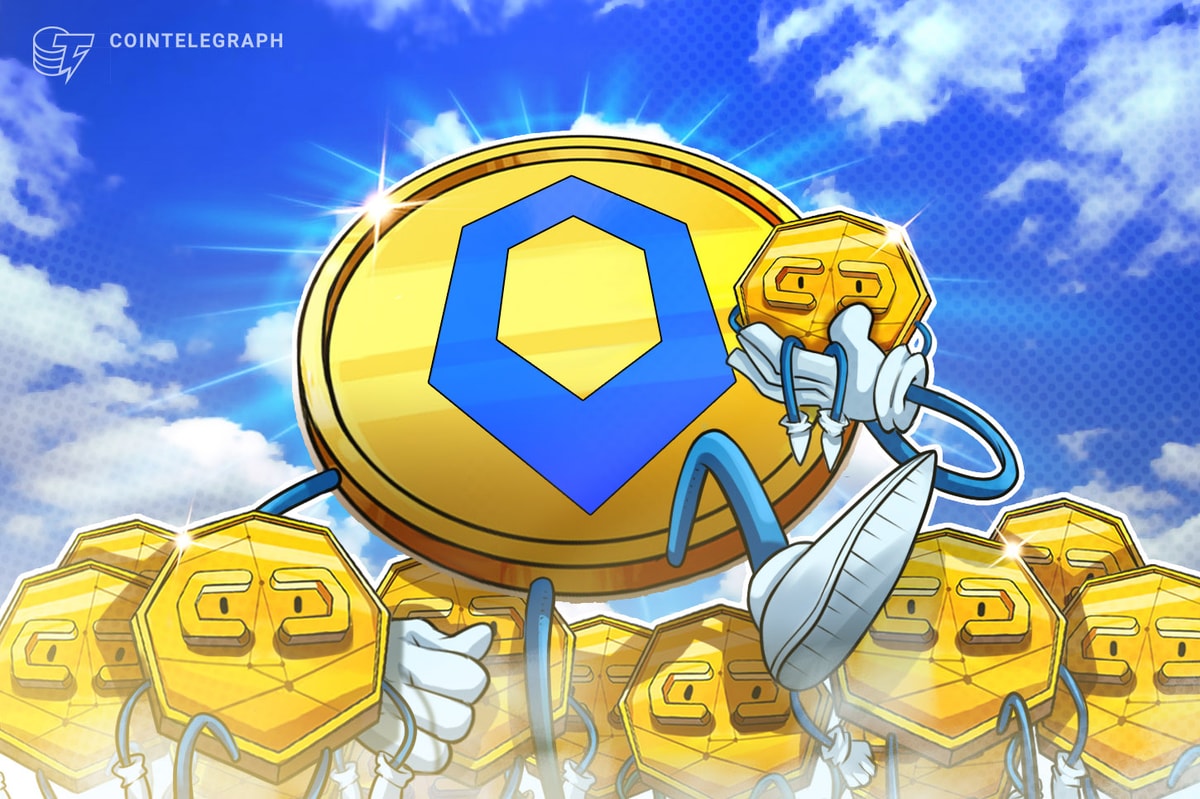No NFTs are created equal. In fact, they’re not all created in the same way. The Ethereum Foundation has a number of different NFT standards that allow users to create different kinds of NFTs that behave differently or have different utilities. Here, we’ll look at a few of the NFT-centric ERCs and EIPs you should know about.
Understanding Ethereum Standards
Before we dive into the different Ethereum standards for NFTs, let’s quickly consider how Ethereum standards come to be.
While we know that Vitalik Buterin is the creator and “leader” of Ethereum, he still can’t make unilateral decisions. Instead, there’s a huge network of developers that work together to make changes to how the Ethereum blockchain works. They make these changes through Ethereum Improvement Proposals.
Ideas for new standards start out as “Ethereum Requests for Comment” or “ERCs.” These go through a (usually) long and arduous public review, comment, and revision process. The vast majority are never accepted and never become a part of the Ethereum network.
The number designation for ERCs and EIPs is given in the order they are proposed rather than the order they’re accepted. For example, there’s an ERC-601, but you’d have to look pretty hard to find ERC-602—because it never became a functioning Ethereum standard.
Some Ethereum standards are for tokens (fungible and otherwise), and others are for contracts, interfaces, and other elements of the Ethereum network.
The Dawn of Modern NFTs and Smart Contracts
ERC-20 created ETH as we know it today, including the ability of the token to work in smart contracts. NFTs technically worked on ERC-20, and the earliest NFTs were minted on ERC-20 before dedicated NFT standards arose. But, ERC-20 didn’t optimize for NFTs. ERC-721 did.
Specifically, working with one NFT at a time worked with ERC-20, but the more you added, the messier it got. After all, ERC-20 was meant for currency which is, by nature, fungible. By 2018 when ERC-721 was finalized, it was already clear that non-fungible tokens would need to be manageable at a scale that wasn’t feasible with the ERC-20 standard.
Of course, because most NFTs are purchased with “basic” tokens, and NFTs and basic tokens were different standards, the need arose for “a standards standard.” ERC-1155 opened the door to smart contracts involving both ERC-20 and ERC-721.
Standards for Creators and Artists
As NFTs gained popularity, particularly in the art scene, it became increasingly common to see people creating and transferring NFTs at scale. ERC-2309 made the paperwork simpler by allowing concurrent or consecutive NFTs in a contract to have consecutive token identifiers.
ERC-2981 is the standard that allows the minter of an NFT to extract royalties from resale, regardless of the platform (or platforms) on which the sale or resale occurs.
Ethereum Standards Expand the Uses for NFTs
You’ve heard of fungible tokens. You’ve heard of non-fungible tokens….
Read More: www.makeuseof.com











 Bitcoin
Bitcoin  Ethereum
Ethereum  Tether
Tether  XRP
XRP  Solana
Solana  USDC
USDC  Cardano
Cardano  Dogecoin
Dogecoin  TRON
TRON  Lido Staked Ether
Lido Staked Ether  Wrapped Bitcoin
Wrapped Bitcoin  Pi Network
Pi Network  Chainlink
Chainlink  LEO Token
LEO Token  Toncoin
Toncoin  Stellar
Stellar  Wrapped stETH
Wrapped stETH  USDS
USDS  Hedera
Hedera  Avalanche
Avalanche  Shiba Inu
Shiba Inu  Sui
Sui  Litecoin
Litecoin  Bitcoin Cash
Bitcoin Cash  Polkadot
Polkadot  MANTRA
MANTRA  WETH
WETH  Ethena USDe
Ethena USDe  Bitget Token
Bitget Token  Binance Bridged USDT (BNB Smart Chain)
Binance Bridged USDT (BNB Smart Chain)  Hyperliquid
Hyperliquid  WhiteBIT Coin
WhiteBIT Coin  Wrapped eETH
Wrapped eETH  Monero
Monero  Uniswap
Uniswap  sUSDS
sUSDS  Aptos
Aptos  NEAR Protocol
NEAR Protocol  Dai
Dai  Pepe
Pepe  Internet Computer
Internet Computer  OKB
OKB  Ondo
Ondo  Ethereum Classic
Ethereum Classic  Gate
Gate  Aave
Aave  Coinbase Wrapped BTC
Coinbase Wrapped BTC  Mantle
Mantle  Official Trump
Official Trump